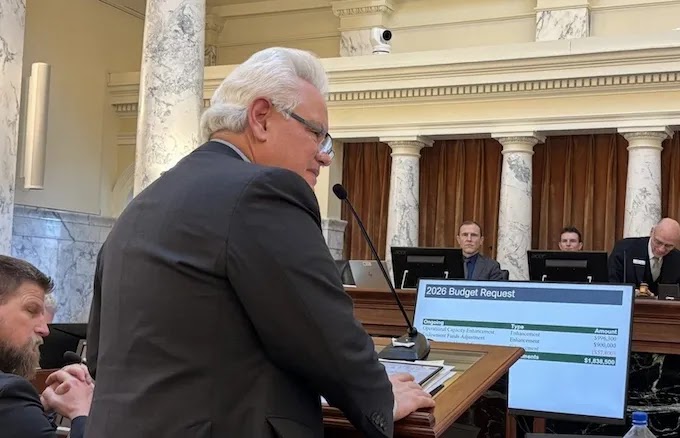Having failed to complete deals to sell the troubled giant for-profit University of Phoenix to major state universities in Arkansas and Idaho — after people in those states got cold feet — the school’s owner, private equity behemoth Apollo Global Management, just before the holiday weekend announced an initial public offering for the school.
Phoenix’s parent company had been publicly traded until AGM and two other firms took the company private in 2017. Now they have gone back to Wall Street to re-sell the school to investors.
But should investors want to buy this operation? The presence of the heavily-advertised University of Phoenix in the college market has been bad for U.S. students, taxpayers, and the economy, because it has led many students to enroll in a school that often deceives people, and often leaves students with heavy debts and without the careers they sought — when they could be using taxpayer support and their own money to enroll in better value programs.
Moral and macro-economic concerns aside, it’s not even clear that buying Phoenix will be good for investor bottom lines.
The University of Phoenix, which has received tens of billions from federal taxpayers for student grants and loans — at times more than $2 billion in a single year — has faced numerous law enforcement investigations and actions for its deceptive recruiting of veterans, military service members, and other students across the country.
Most notably, in 2019, Phoenix reached a record $191 million settlement with the Federal Trade Commission, which claimed the school had lured students with false claims about partnerships with major employers. Phoenix ran ads falsely indicating that the school had deals with companies including AT&T, Yahoo!, Microsoft, Twitter, and the American Red Cross to create job opportunities for its students and tailor school programs for such jobs, when that was not the case. The deceptive claim went to the heart of prospective students’ motivations for enrolling. Andrew Smith, then the Director of the FTC’s Bureau of Consumer Protection, said at the time of the agreement, “Students making important decisions about their education need the facts, not fantasy job opportunities that do not exist.”
And last year California’s attorney general reached a settlement with Phoenix to resolve allegations that the school’s aggressive recruitment tactics directed at military students violated consumer protection laws.
The now almost entirely online school did a two-year dance with the University of Idaho that drew immense criticism from lawmakers, executive branch officials, newspaper editorial boards, and others in that state before the deal was finally called off in June.
Bloomberg reported earlier this year that an IPO might value the University of Phoenix operation, which had $810 million in revenue for 2023-24 (81 percent of that from federal taxpayer dollars), at $1.5 billion to $1.7 billion. And the new Trump administration has signaled in multiple ways that it is reducing protections for students against predatory college abuses, a development that may make investors more willing to buy a piece of a school like Phoenix.
But new federal legislation requires schools to provide some financial value for students. Also, state attorneys general, who have curbed and even slayed a number of for-profit giants over a decade, are watching; the media understands this issue, as it did not in the last wild west era fifteen years ago; and more potential students are wary after a generation of abuses.
So it may end up being much tougher to thrive in the predatory college business than some might think.



